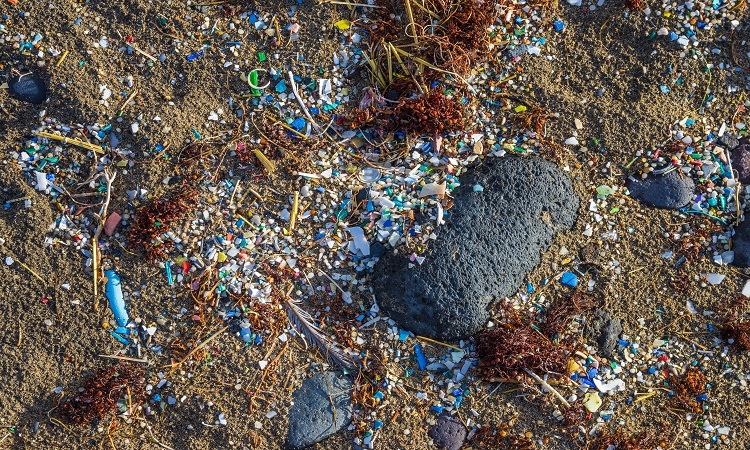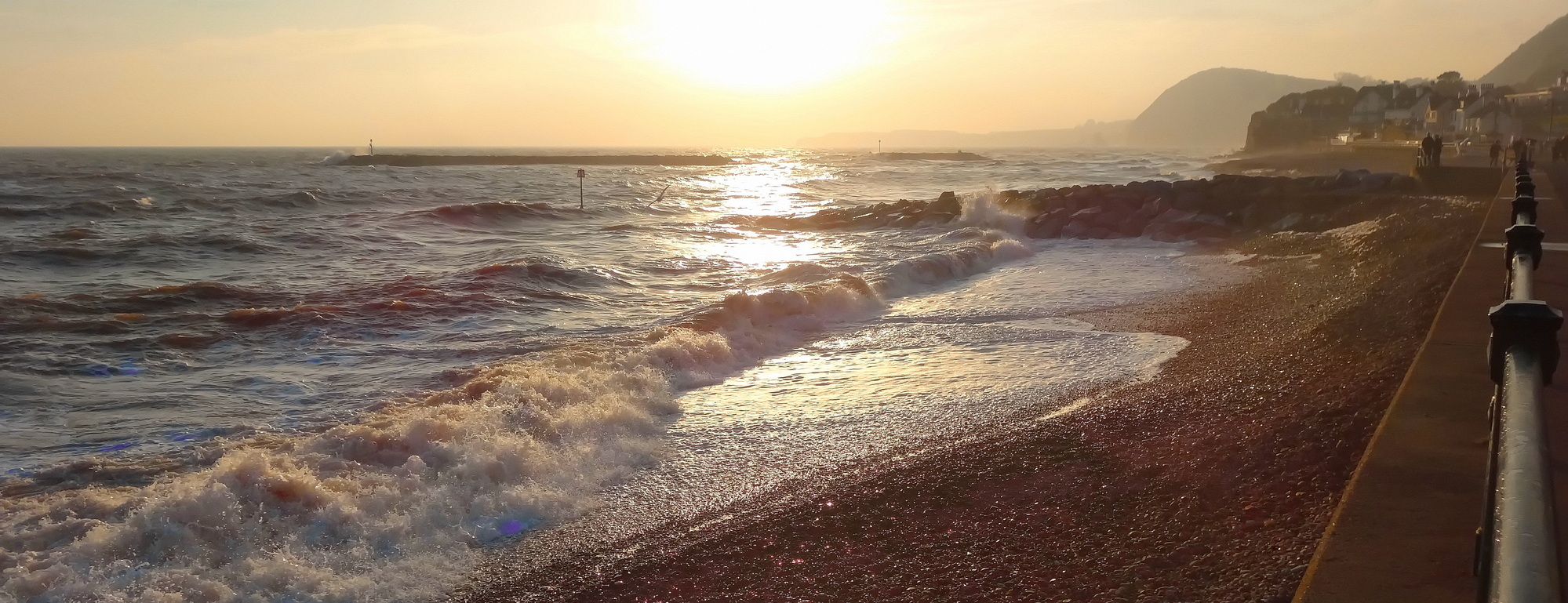The SolarPunk movement is very positive about the possibilities of science – especially the creative possibilities:
Solarpunk: between art and science – Vision Group for Sidmouth
Solarpunk Marks the Intersection of Sci-Fi, Sustainability and Hope
When it comes to dealing with microplastic pollution, for example, there have been some very creative solutions suggested by the latest scientific research.
Firstly, there are those plastic-munching microbes:
Researchers at the University of Queensland have found a species of worm with an appetite for polystyrene could be the key to plastic recycling on a mass scale. Scientists discovered the common Zophobas morio ‘superworm’ can eat through polystyrene, thanks to a bacterial enzyme in their gut.
Superworms capable of munching through plastic waste — ScienceDaily
Secondly, there are those microbes living on plastic:
Plastic waste is being discovered in increasingly remote locations across the world, from fresh Antarctic snow to the mountain air above the Pyrenees. As a result, scientists are working hard to find new ways to tackle the global problem of plastic pollution, like with plastic-eating worms or robots that turn it into designer objects.
However, a new area of research is looking at how bacteria living on plastic pollution floating in the ocean could provide a new source of antibiotics. Researchers from National University in San Diego have isolated five antibiotic-producing bacteria from pieces of ocean plastic, and tested them against a variety of bacterial targets.

Microplastics and bacteria: a double-edged blade Microbiologia Italia
And thirdly, there are just loads of microplastics:
Nearly 14 million tons of plastic pollute the world’s oceans each year. Along with the significant impacts of plastic pollution on marine ecosystems and human health, the negative impacts of smaller particles that are formed when larger pieces of plastic break down in the environment, known as microplastics, are also beginning to be more thoroughly understood.
To help reduce microplastic pollution from domestic point sources, a trio of May graduates, all materials science and engineering majors in Penn’s School of Engineering and Applied Science, will spend the next year developing Baleena, a device for trapping microfibers in laundry machines. As winners of the Class of 2022 President’s Sustainability Prize (PSP), Sarah Beth Gleeson of Lexington, Kentucky; Shoshana Weintraub of Bala Cynwyd, Pennsylvania; and Julia Yan of Cary, North Carolina will continue working on their senior design project as they create a commercial device for catching microfibers that are released when synthetic clothing is washed.
Engineering a solution for microplastic pollution | Penn Today

One thought on “science and microplastics”
Comments are closed.